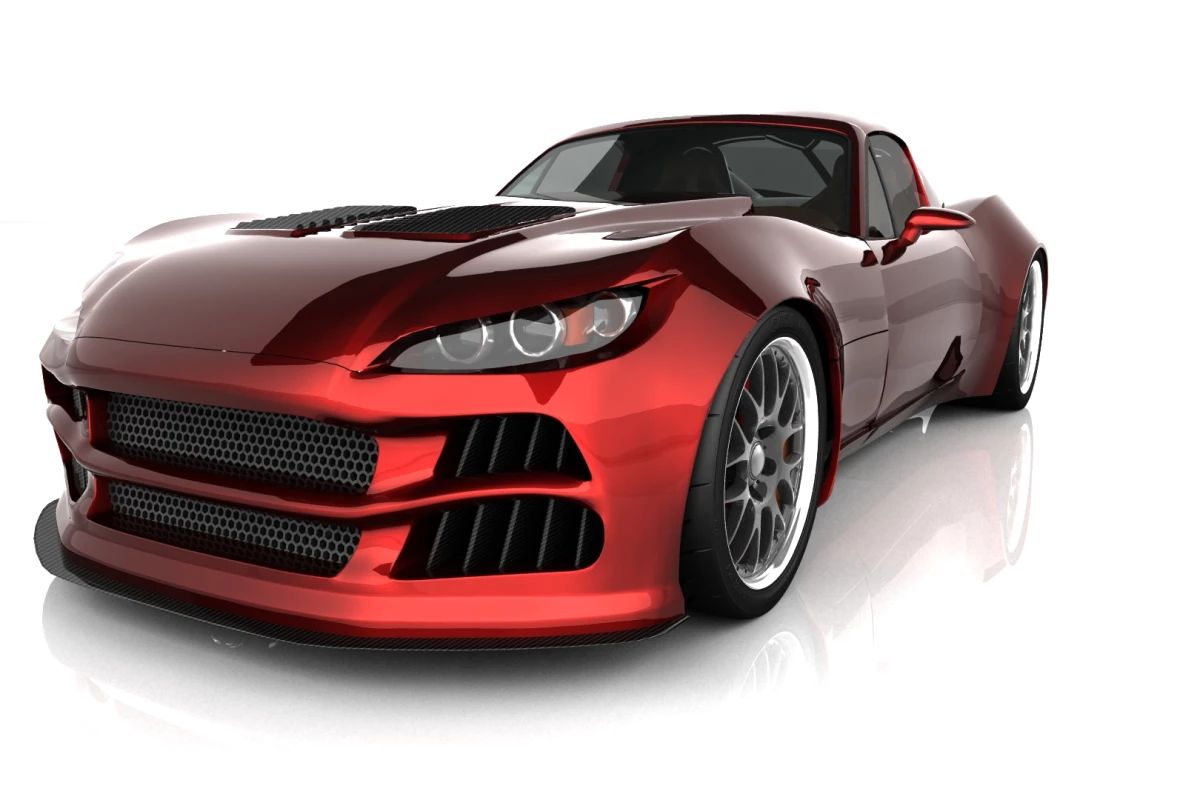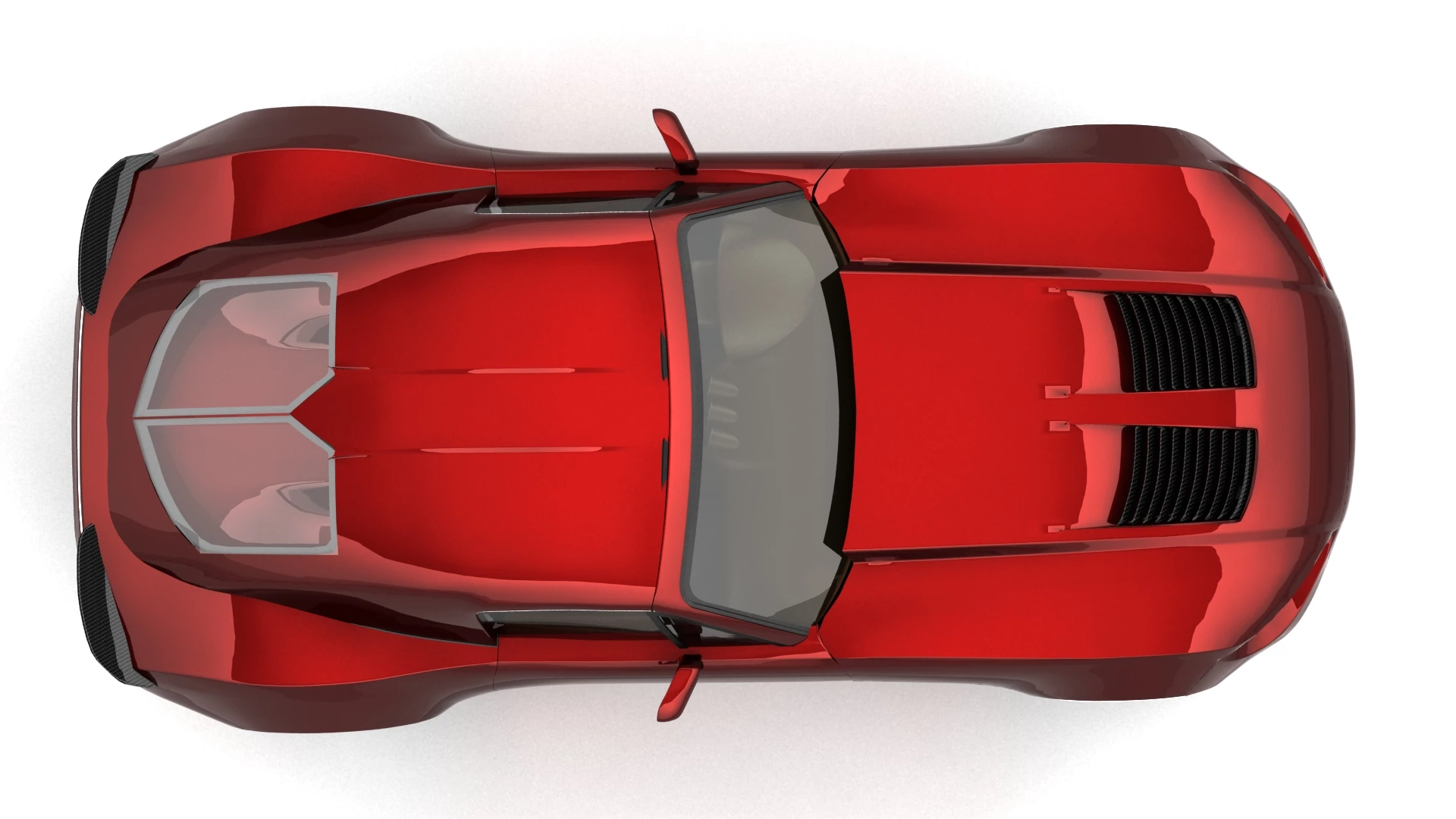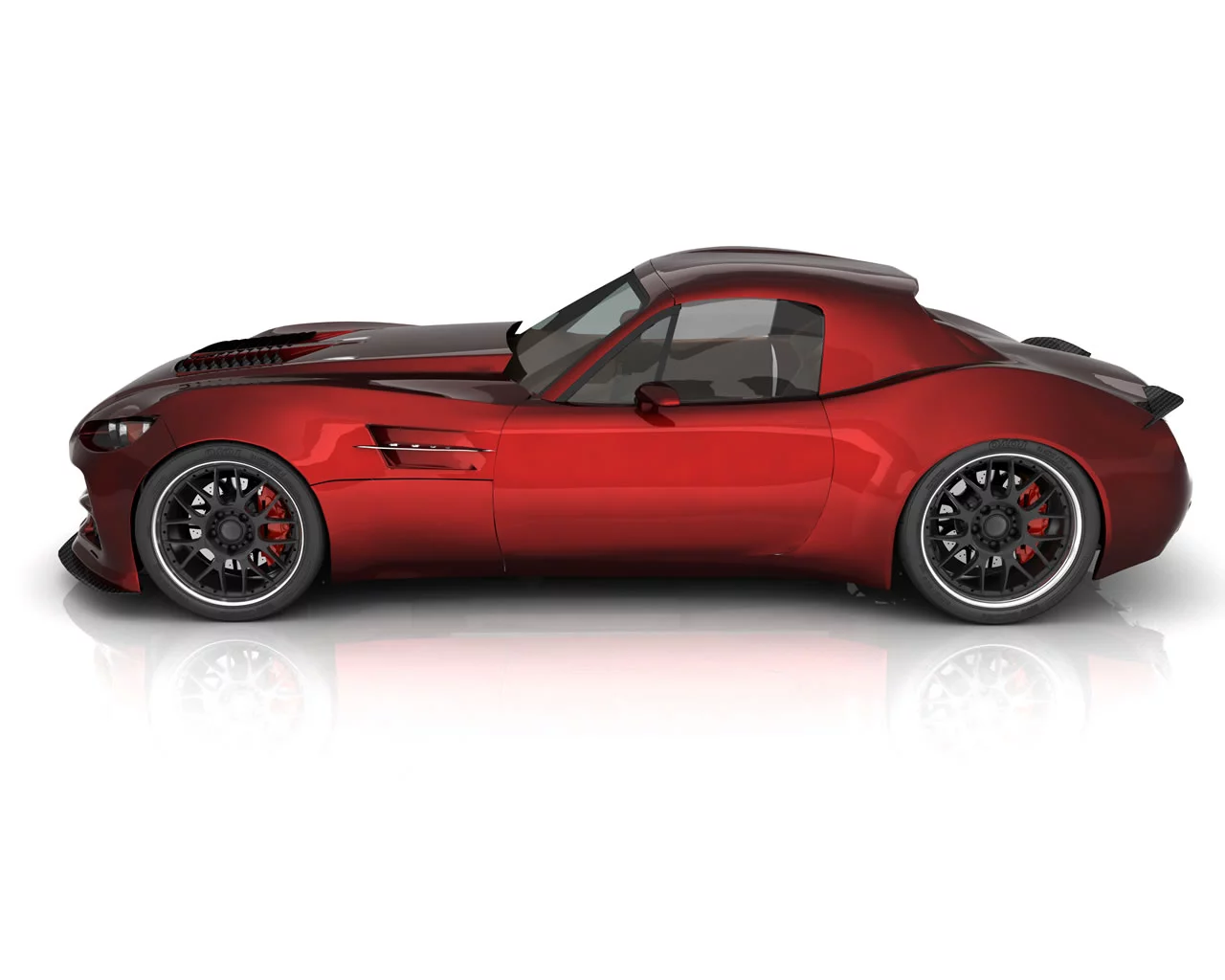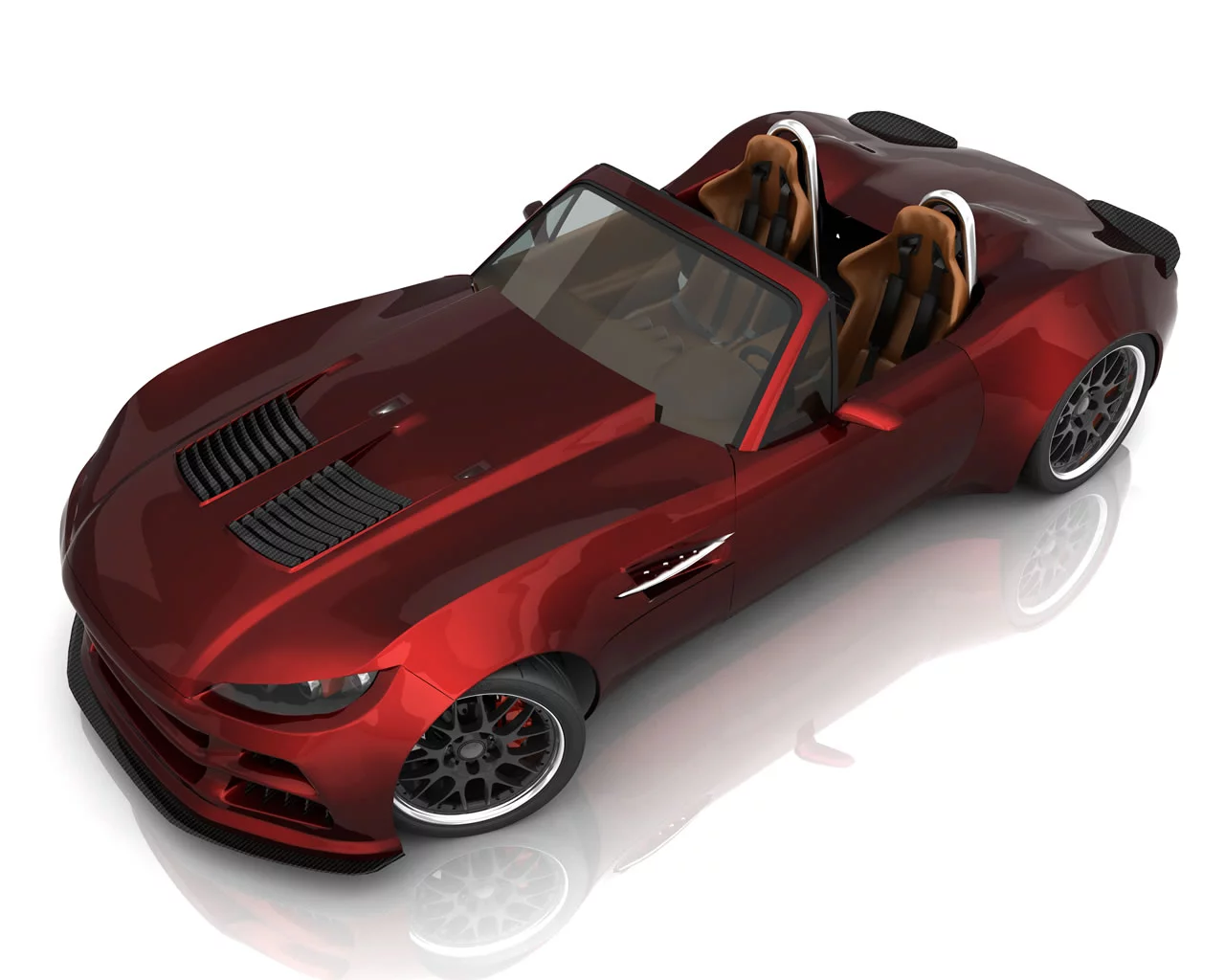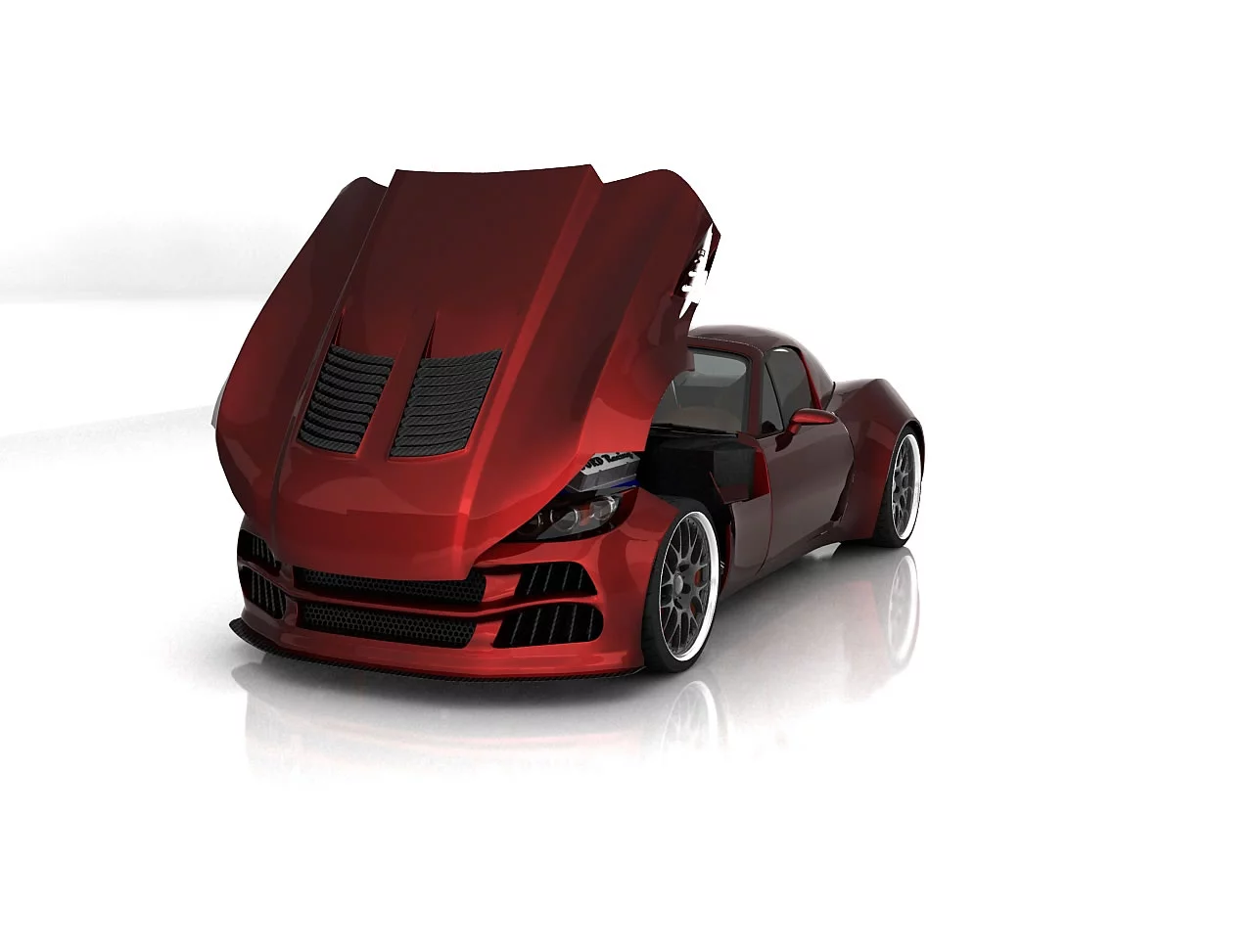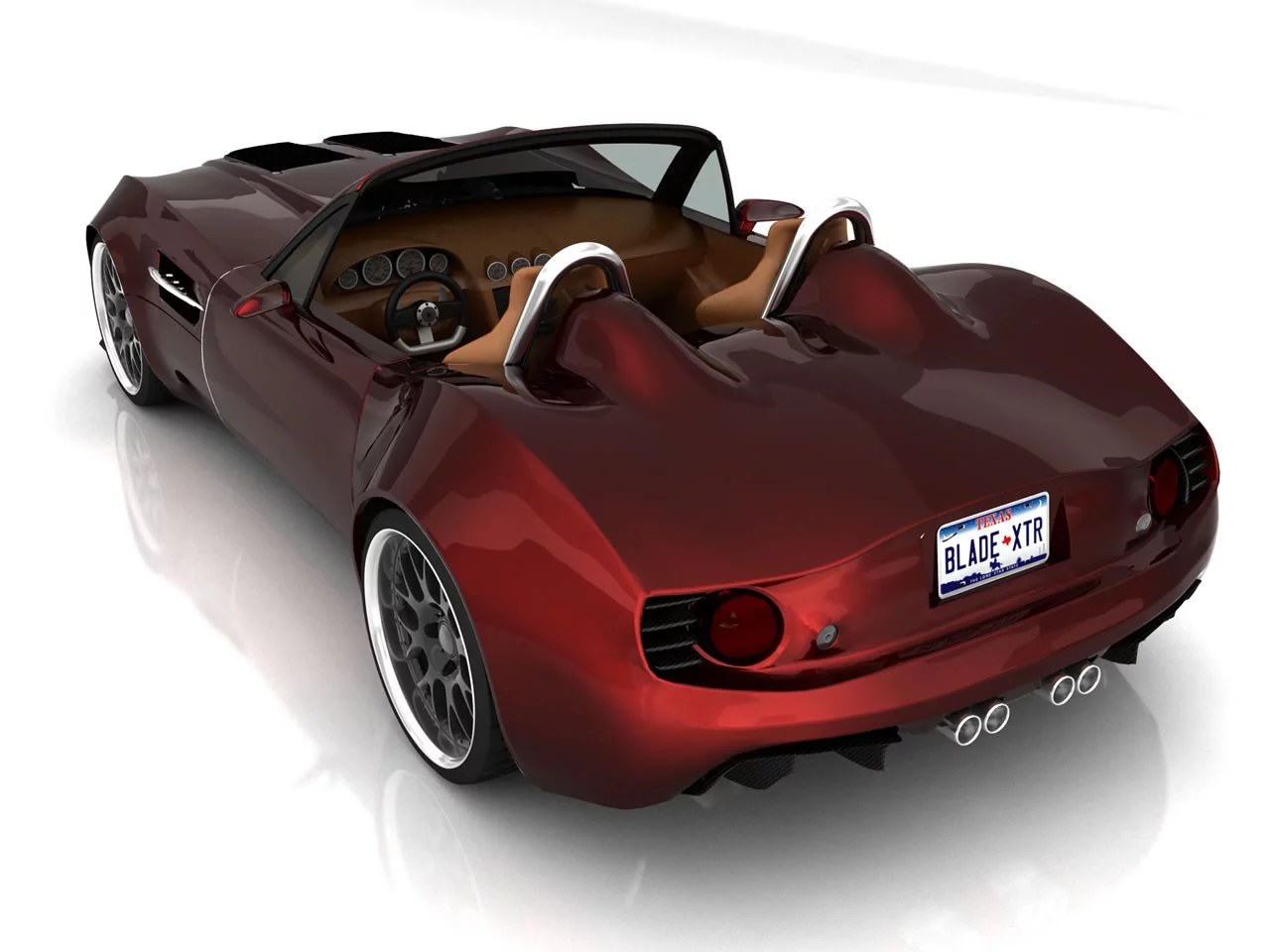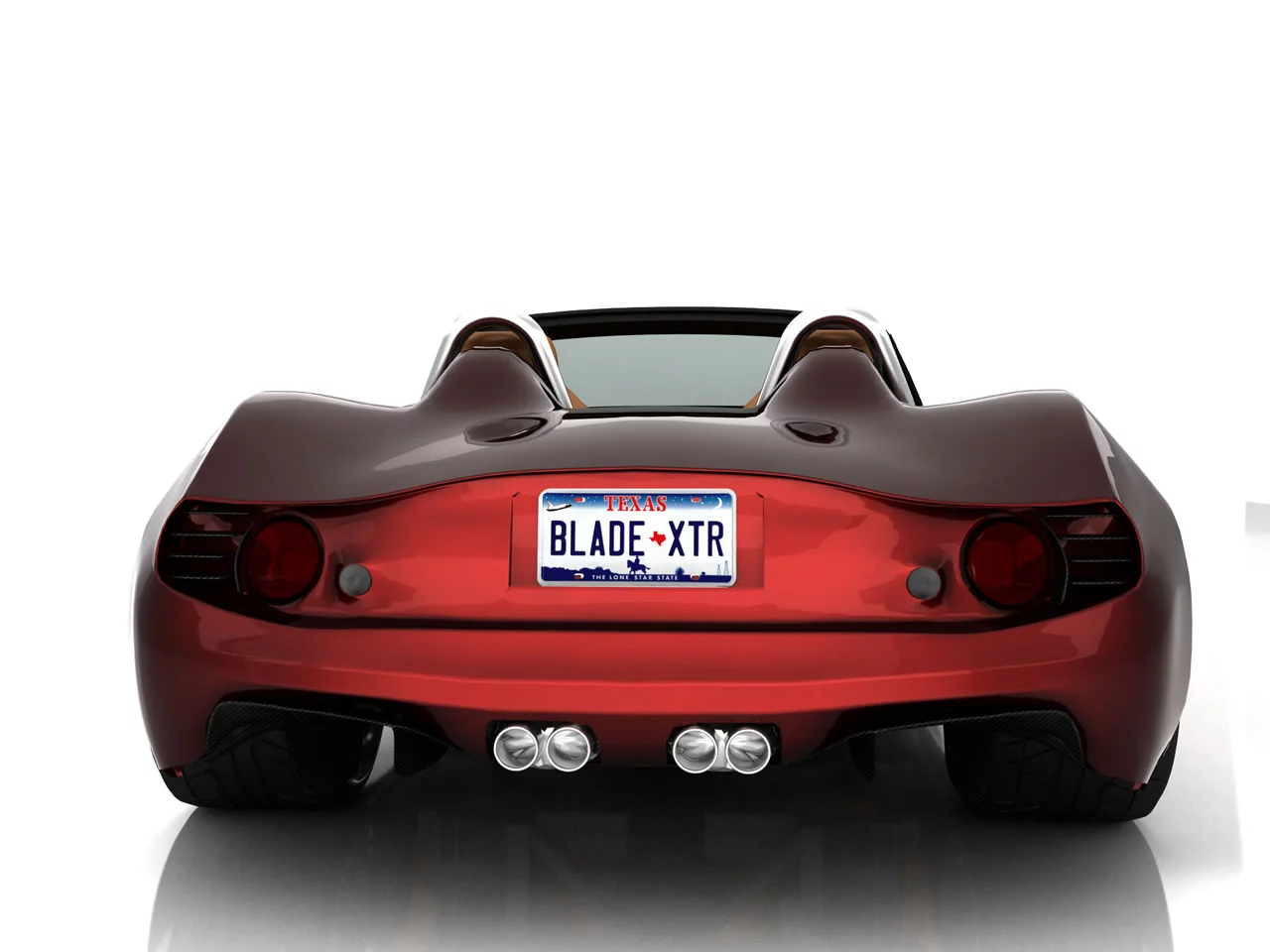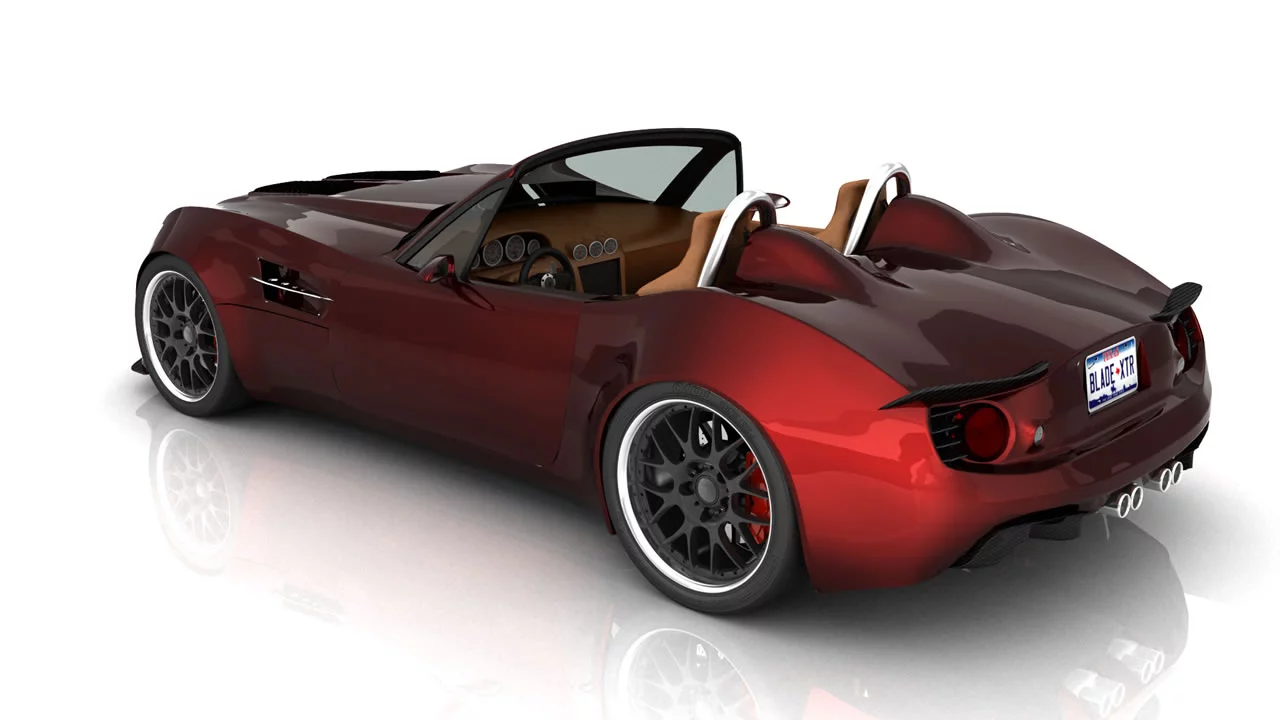Developing a high-performance sports car is a project that takes many years inside a well-established auto company. It's exponentially more difficult when you're a small team pursuing one hot rod enthusiast's vision for the ultimate sports car. BXR Motors has been slowly but surely developing its Bailey Blade XTR sports car for the past half-decade, but things appear to be jumping into high gear now that the small start-up has secured the funding it needs to finish the 750-hp car.
BXR Motors and its first car are truly the brainchildren of their founder. Burned out and uninspired by a job in the insurance industry, Neal Bailey yearned for a creative outlet. He fed this yearning by sketching his own car designs while sitting still on long, traffic-clogged commutes to and from work. It didn't take long for him to realize designing a car was something he wanted to focus on more intensely than he could do from the driver's seat.
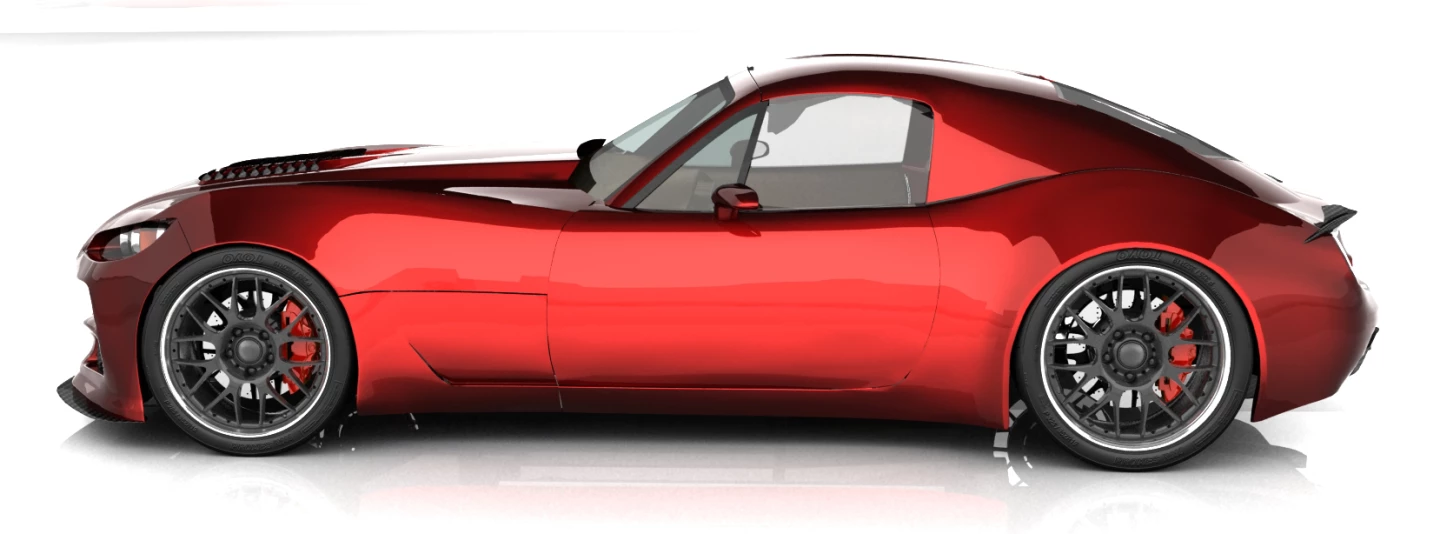
A hot rod and kit car enthusiast, Bailey had more than a decade of experience tearing down, rebuilding and racing cars. He was also plenty comfortable with computers and graphic design, so when he started his car design in 2007, things came naturally. For the five years and change since, Bailey has worked out of his own Texas garage, building and refining his car while keeping fans updated via social media and a video-based blog with 87 clips and counting. He's also founded BXR Motors and hired a small team of professionals to help see his dream through.
Along the way, the XTR has often looked more like a hobbyist project than a legitimate sports car of the future. Clearly Bailey is passionate, but is he really going to "redefine what an American sports car is" from his garage? And do his business skills match his design passion?
We're not sure of the answers to those questions, but Bailey has gained a little bit of momentum outside the garage. On Monday, he released his latest video, switching focus from the XTR build to the funding behind the project. Bailey explains that he secured the full amount of funding he needs to finish the XTR and transform BXR Motors into a functional company. He plans to introduce the car at the SEMA Show in November.
Bailey has envisioned several engines under the curvy, vented hood, and the latest specifications list on BXR's website shows it as a 5.0-liter "Coyote" V8 from the Ford Mustang GT. Bailey imagines offering the engine with supercharger and twin-turbocharger options that give it anywhere from 550 to 750 horsepower and over 570 lb-ft (772.8 Nm) of torque.
Though the engine is in the front, BXR is working to configure the chassis and push rod suspension in such a way as to give it the performance characteristics and 50-50 weight distribution of a mid-engined car. The 156 inch-long (396 cm) car is planted on a 101 inch (257 cm) wheelbase with a 58 in (147 cm) front track and 59 inch (149 cm) rear track.
In terms of styling, Bailey may want to send Fiat/Chrysler a thank you note after he sells his first XTR. The car, which has been rendered in both roadster and coupe forms, looks very last-generation Viper up front thanks to the open, horizontally split grill, headlamp design and air vents up the center of the hood. The rear fascia, particularly the big round tail lamps, are more reminiscent of the Alfa Romeo 8C and 4C.
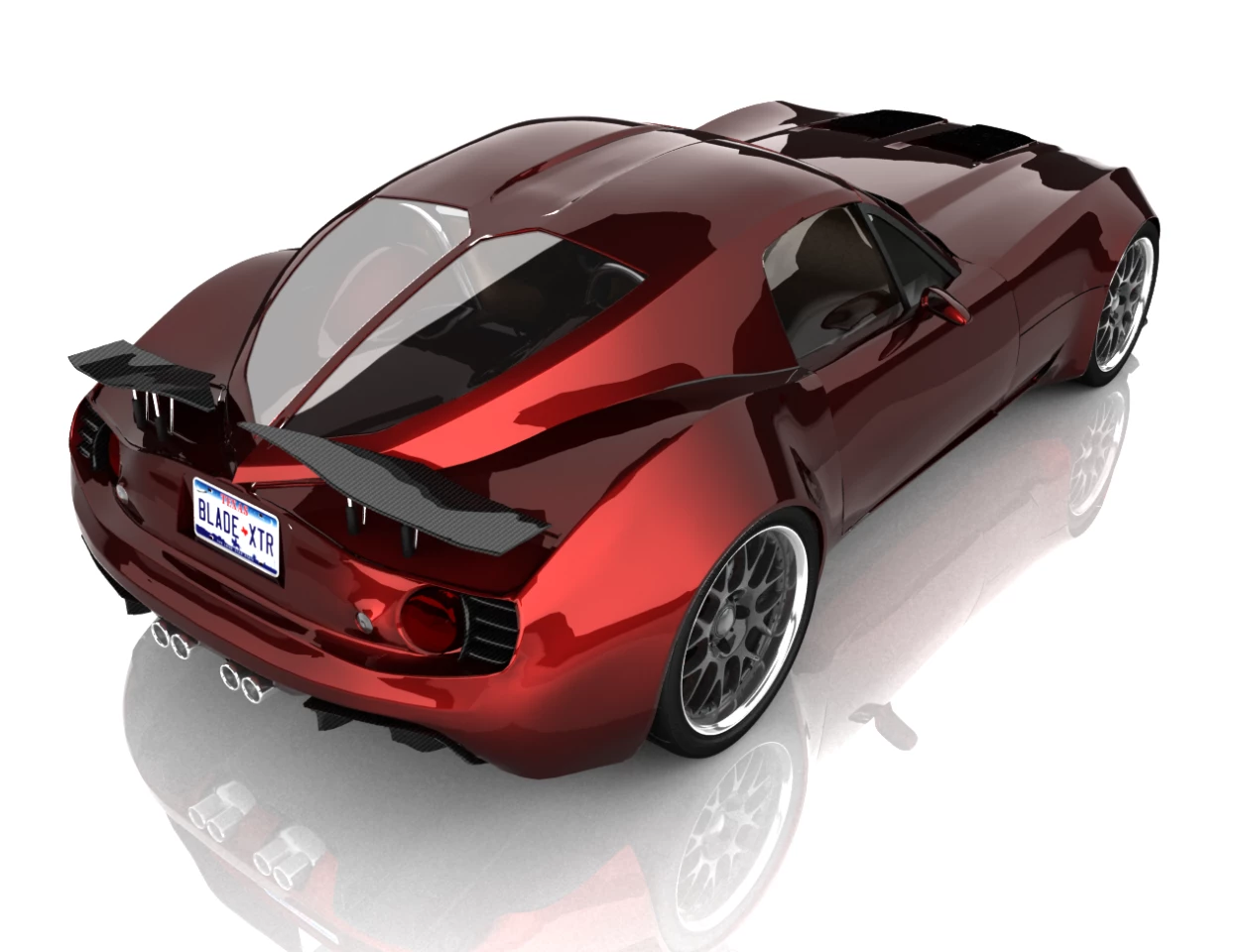
Still, Bailey has managed to stamp his own look on the XTR. It isn't as rounded or curvaceous as the Viper or Alfa cars and has sharper edges and lines. The use of visible carbon fiber all over, including on the front and rear vents, also adds a bit of distinctiveness, as does the shovel-shaped split rear windshield on the coupe. The body is made from carbon fiber to help keep weight down between 2,200 and 2,700 lb (998 and 1,225 kg), depending upon options.
The XTR is being designed as a true driver's car. The big engine, balanced weight and light, compact build should combine to deliver fast, agile performance out on the road and track. Other equipment includes six-speed manual transmission, four-wheel disc ABS, optional traction control, and four-wheel independent short/long arm double wishbone suspension with 6-way double adjustable shocks, adjustable coilover springs and adjustable ride height control. BXR hasn't listed all the mechanical or performance specs, but it will surely have more to share when the car debuts.
In addition to the XTR, BXR is working on the EVR performance plug-in hybrid. That model will use a combination of 2.5-liter turbocharged engine and an electric motor to put out over 500 hp. BXR expects the car to accelerate from 0 to 60 mph (96.5 km/h) in 4.5 seconds before reaching speeds of up to 175 mph (281 km/h). The model will include the same equipment as the XTR and appears as though it will look very similar, if not identical.
Source: BXR Motors via World Car Fans
